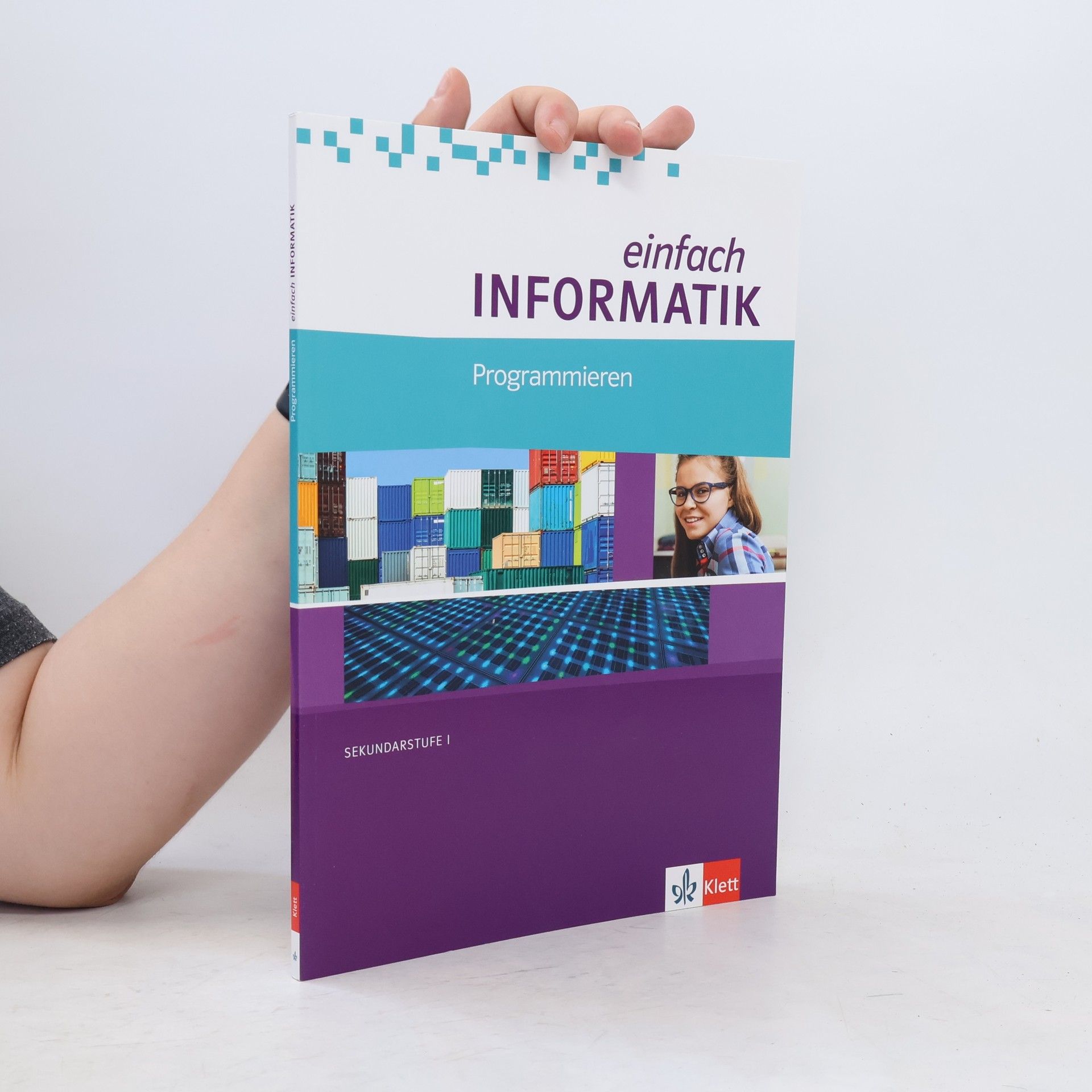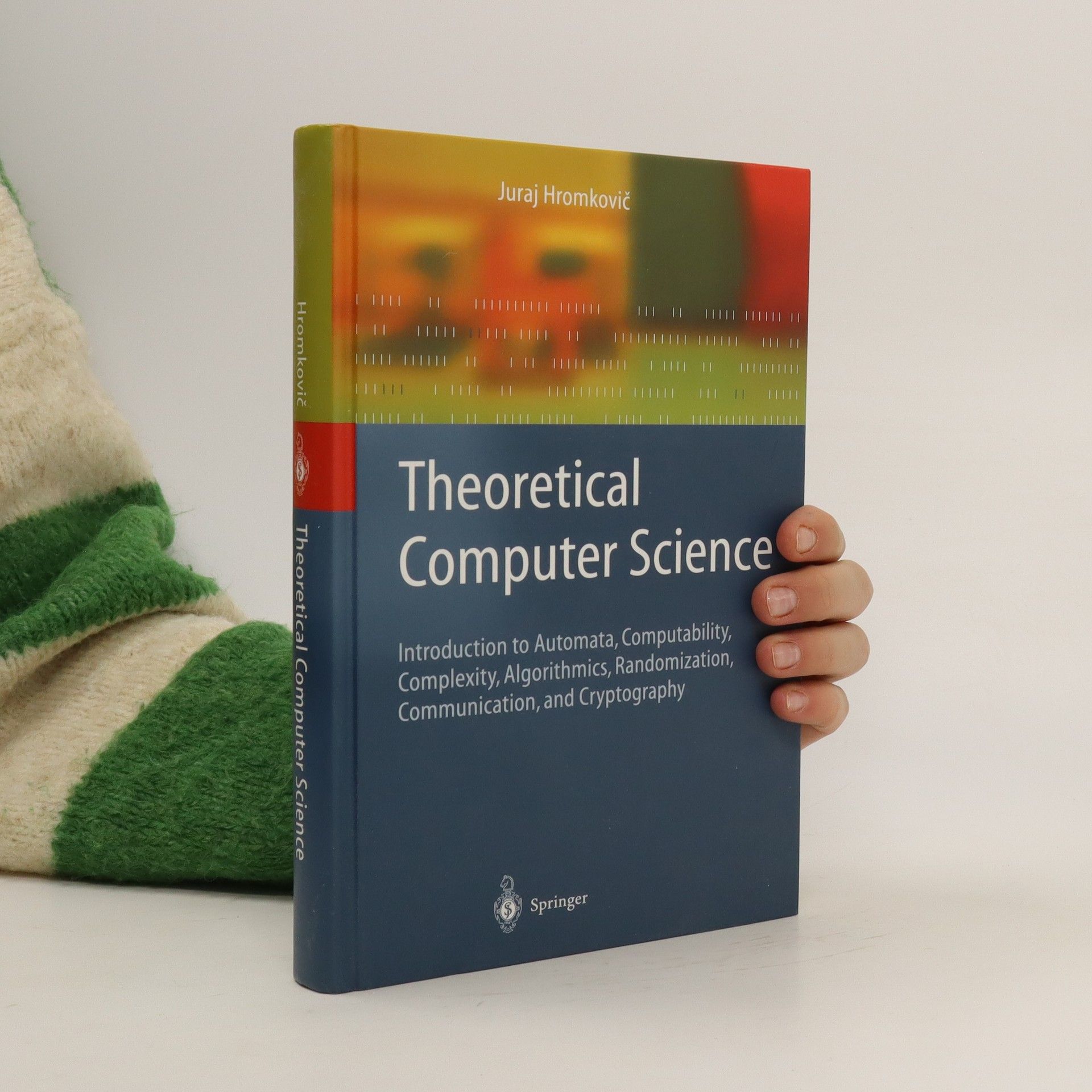Juraj Hromkovic takes the reader on an elegant route through the theoretical fundamentals of computer science. The author shows that theoretical computer science is a fascinating discipline, full of spectacular contributions and miracles. The book also presents the development of the computer scientist's way of thinking as well as fundamental concepts such as approximation and randomization in algorithmics, and the basic ideas of cryptography and interconnection network design.
Juraj Hromkovič Livres



Vektorgeometrie (Print inkl. eLehrmittel)
- 256pages
- 9 heures de lecture
Im Buch Vektorgeometrie werden alle wichtigen Konzepte rund um das Thema Vektoren theoretisch vermittelt und praktisch geübt. Eine Besonderheit des Buches ist, dass Schüler*innen anhand physikalischer Beispiele motiviert werden, Vektoren einzuführen und dieses mächtige Instrument weiterzuentwickeln. Operationen zwischen Vektoren ergeben sich aus konkreten Situationen. So werden Themen wie das Skalar und das Kreuzprodukt nicht einfach eingeführt und nachher auf ihre Nützlichkeit verwiesen. Ihr Nutzen zeigt sich gleich von Beginn weg. Eine besondere Neuerung ist das letzte Kapitel des Buches, in dem das Gelernte genutzt wird, um physikalische Probleme zu verstehen. Spiralförmig findet so die Anwendung zur Theorie und die wiederum zur vertieften Anwendung.